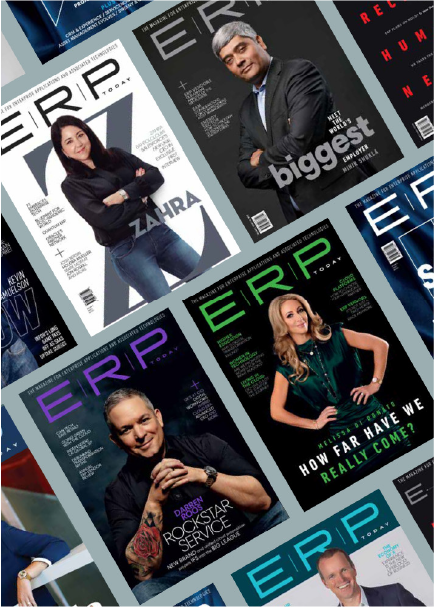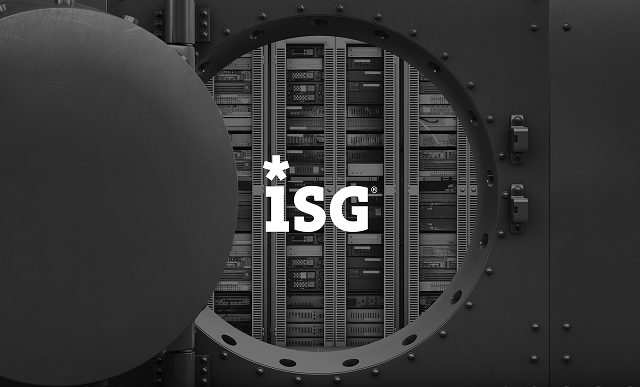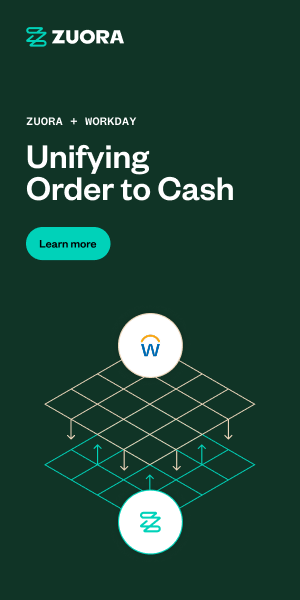CFOs and business leaders appreciate how much has changed in the business landscape over
the past decade. The growth of multiple buyer channels, the increasing adoption of different
pricing models and rising customer expectations create a sense of urgency to escalate technology transformation. Business customers now expect the flexibility and innovation
found in their personal consumer experiences, such as near real-time billing updates and
consolidated invoices. Delivering a customer-centric experience requires systems that support changes quickly without reliance on technical staff.
Agility that keeps pace with the speed of business is required to maintain competitiveness, especially for order-torevenue technology. Many enterprises use homegrown custom applications or rely on the capabilities of an ERP system for pricing and billing.






